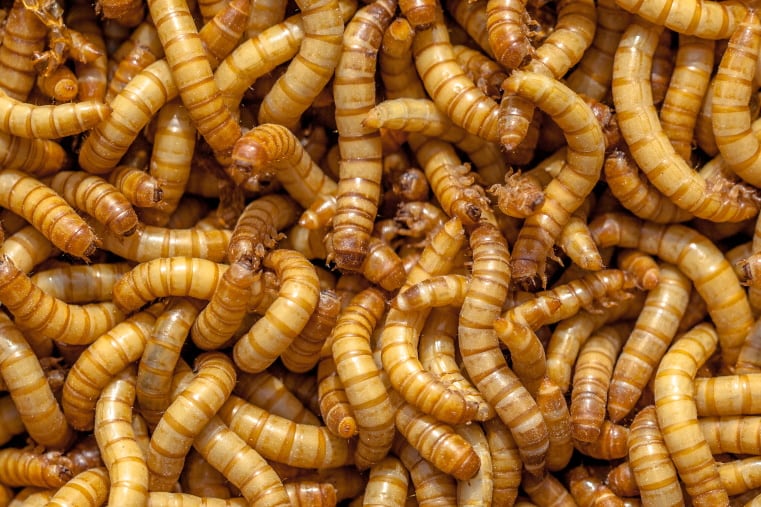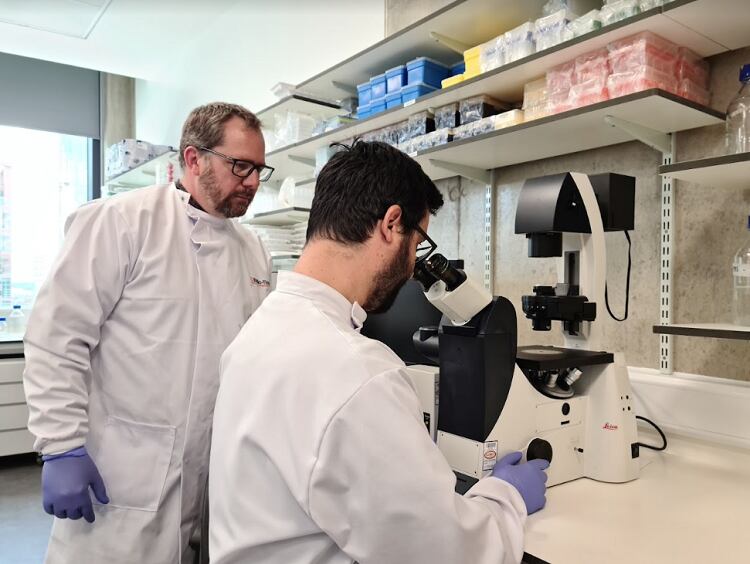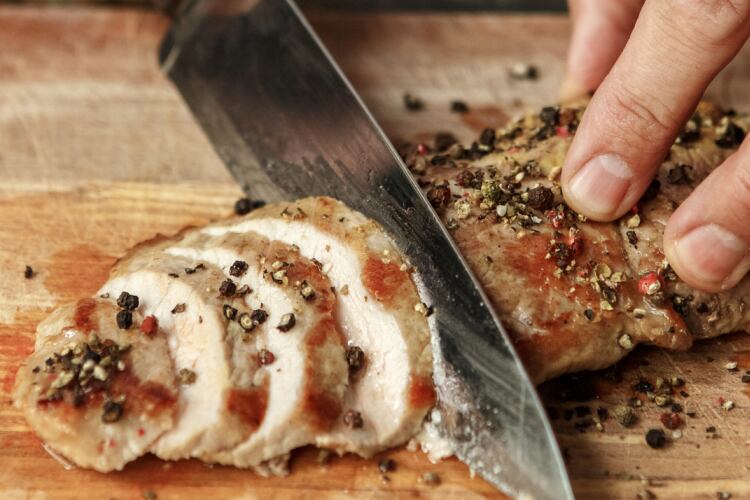The growing and ageing population is expected to drive higher demand for protein-rich foods. But the current system of food production would strain to meet this need, increasing concerns over the greenhouse gas, land- and water-use footprint of the food we eat.
This is particularly true for animal derived proteins. According to the UN’s Food and Agriculture Organization (FAO), animal agriculture accounts for 14.5% of all anthropogenic GHG emissions. The production of animal-based proteins is the world’s largest user of land resources, and – according to estimates, which do vary – the sector uses between 20% and 32% of global freshwater resources.
While some point to these numbers as evidence we should transition towards a more plant-based diets, animal proteins offer some important nutritional benefits. Unlike many plant-based proteins, animal proteins are ‘complete’ proteins containing all essential amino acids and long chain fatty acids.
With a significantly lower footprint and more comparable nutritional profile, some sector observers believe alternative sources of protein such as insects and algae could play an important part in the development of a more sustainable food system that can feed the world within planetary boundaries.
Microalgae is rich in protein and a source of carbohydrates, polyunsaturated fatty acids, essential minerals and vitamins, and require significantly less fertilizers compared to other sources of plant proteins. Meanwhile, insects are also high in protein, and much more climate-friendly than conventional meats. One pound of mealworm protein, for example, is thought to have a greenhouse gas footprint 1% the size of beef.
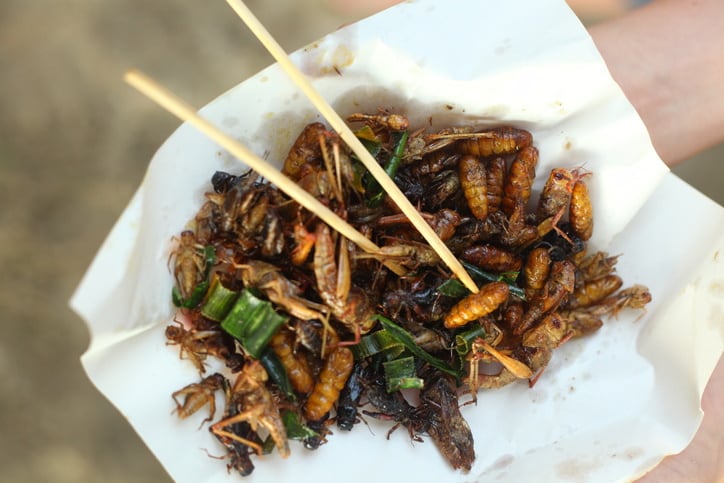
In some parts of Africa, Asia and South America, people already consume alternative proteins like insects and algae. But in western markets like Europe a major barrier lies in the way: the ‘yuck’ factor.
“The appearance and taste of such alternative proteins can be disconcerting for many,” explained Prof Chua Chee Kai from the Singapore University of Technology and Design (SUTD).
Professor Chua is the co-author of a new study, ‘Systematic Engineering approach for optimization of multi-component alternative protein-fortified 3D printing food Ink’ which was published in the journal Food Hydrocolloids.
The researchers believe that 3D printing could prove a viable solution to help boost the appeal of alternative proteins. “This is where the versatility of 3D food printing rises to the challenge as it can transform the way in which food is presented and overcome the inertia of consumer inhibitions,” Prof Chua suggested.
Challenges and opportunities in 3D printing of alternative proteins
To increase the appeal of unfamiliar proteins like crickets, the researchers suggested combining them with common foods like carrots can produce a more familiar taste. This mixture can then be extruded by a 3D food printer to create an end dish that is ‘visually appealing’, they maintained.
However, combining different food inks and optimising them for 3D food printing is known to be a laborious task that is usually done using a trial and error-based approach.
Prof Chua and team from SUTD collaborated with researchers from Khoo Teck Puat Hospital (KTPH) and University of Electronic Science and Technology of China (UESTC) to devise a systematic engineering approach to efficiently incorporate alternative proteins into food inks. Using this approach for the optimisation of protein inks, the research team minimised time and resources needed to develop these inks by reducing the need for experimental runs.
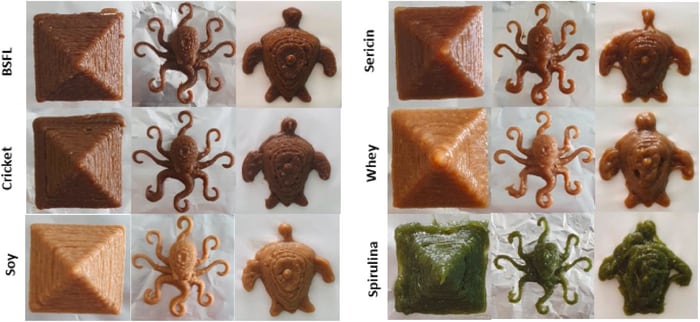
A systematic engineering approach
The team used Response Surface Methodology, an established engineering technique that optimises the response when two or more quantitative factors are involved, and applied it for use in 3D food printing.
They used the central composite design approach to optimise the protein ink formulations having three variables – carrot powder, proteins and xanthan gum. Carrot powder helped provide mechanical strength as well as taste, nutrients and colour to the formulated inks.
The research team also experimented with alternative proteins such as soy, spirulina, cricket, black soldier fly larvae and sericin. Formulated inks were tested experimentally for 3D printability and syneresis with optimised inks achieving ‘maximum printability and minimal syneresis’.
“Alternative proteins may become our main source of protein intake in the future. This study proposes a systematic engineering approach of optimising food inks, thereby enabling easy creations and customisations of visually pleasing, flavourful and nutritionally adequate food enhanced with alternative proteins,” Prof Yi Zhang, the principal investigator from UESTC, explained. “We hope our work would encourage consumers to eat more of these unfamiliar, but sustainable food items.”
Beyond alternative proteins, the learnings from the study can be applied to other food ingredients for use in 3D printing technology.
“This research study can also be generalised for other food ingredients and response of the food inks like texture, printability, water seepage may be included for optimisation,” Aakanksha Pant, corresponding author of the paper and Research Associate from SUTD explained. “The response surface method approach may lead researchers to adopt similar method for optimising 3DFP food inks constituting complex multicomponent food ingredients.”
Source
‘Systematic Engineering approach for optimization of multi-component alternative protein-fortified 3D printing food Ink’
Food Hydrocolloids
DOI: 10.1016/j.foodhyd.2022.107803

